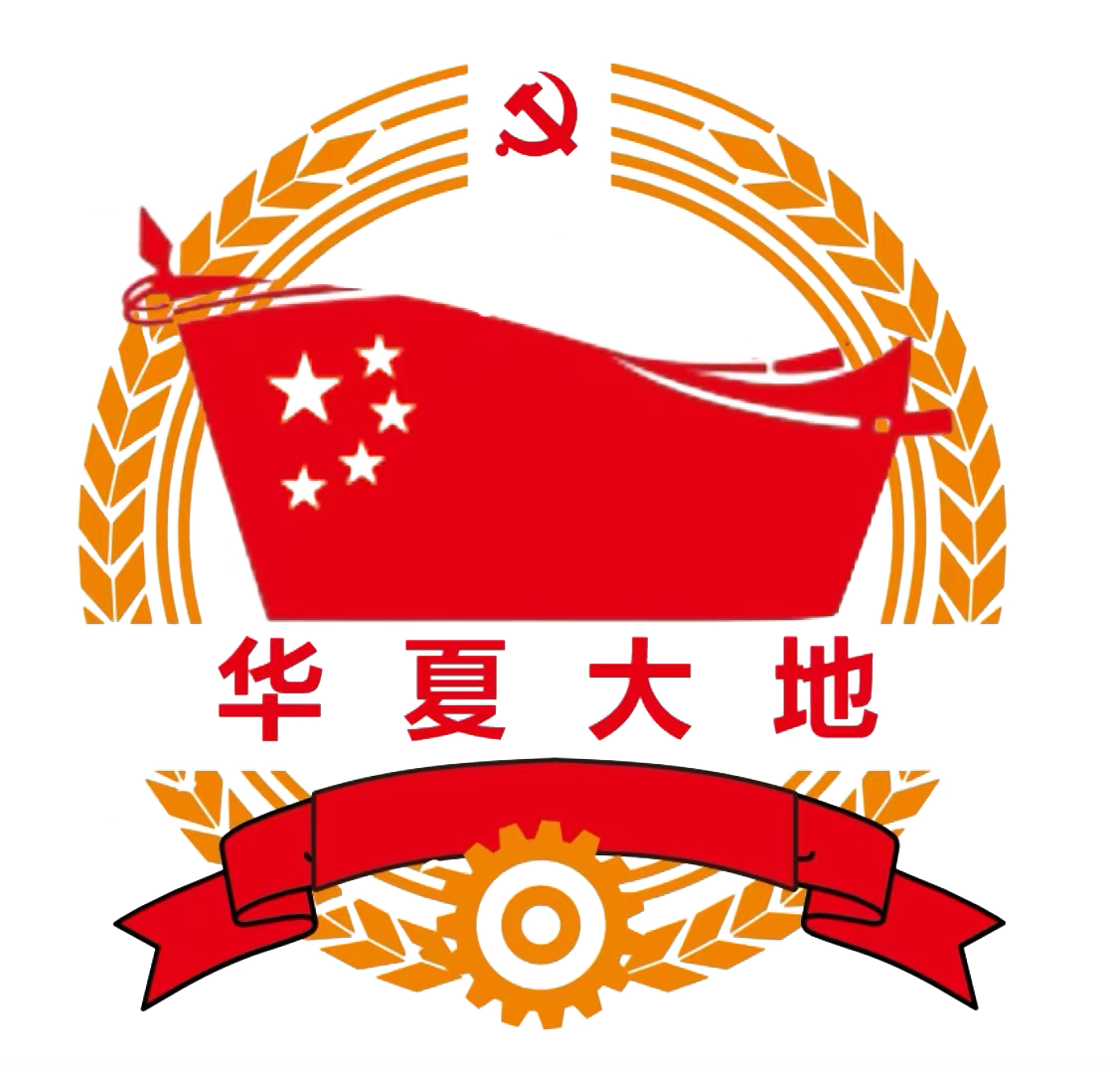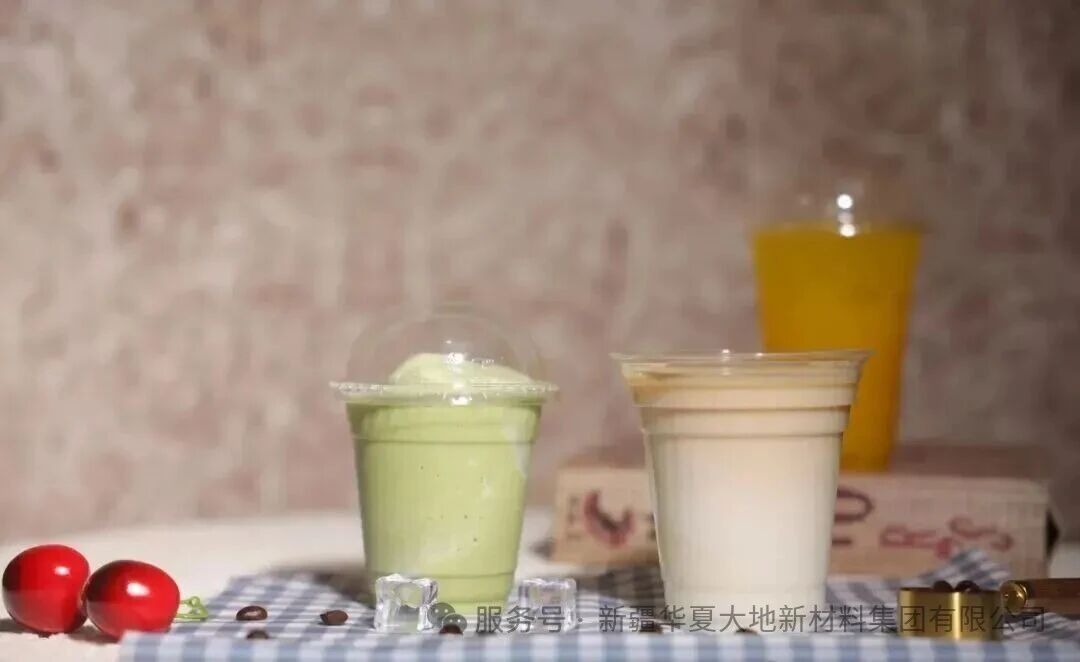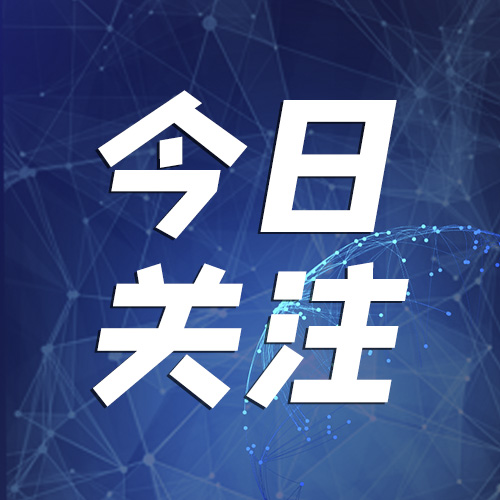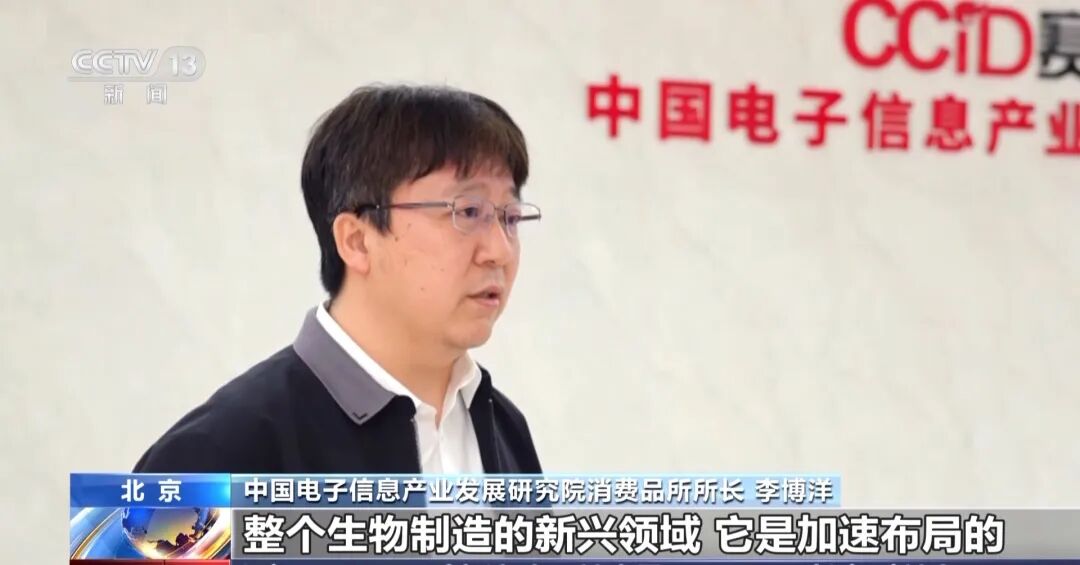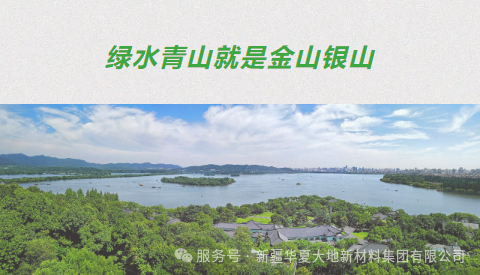In 2024, the global biodegradable plastic market witnessed explosive growth. International giants such as Coca-Cola and Nestlé launched PLA packaging products one after another. The core raw material of this eco-friendly material - L-lactic acid - has quietly become an "invisible champion" in the green economy. Take Henan Jindan Technology, a leading domestic enterprise, as an example. In 2022, its L-lactic acid revenue exceeded 860 million yuan, and its products were exported to Europe and America, becoming a key link in the global supply chain. How did this seemingly ordinary "acid" rise from a food additive to a strategic resource in the bioeconomy? Let's uncover the technological secrets and business landscape of L-lactic acid.
I. Why Choose L-Lactic Acid? - Triple Advantages of Naturalness, Safety and Environmental Friendliness
1. The "metabolic companion" that is friendly to the human body, L-lactic acid, is the only lactate isomer that can be directly metabolized by the human body. Its left-handed structure perfectly matches the human enzyme system. In the food industry, it is used as an acidulant and preservative, imparting unique flavors to yogurt and bread while ensuring absolute safety. The World Health Organization (WHO) banned DL-lactic acid for use in medicine and food before 1998, while L-lactic acid was classified as a "GRAS" (generally recognized as safe) additive.
2. The "green heart" of environmentally friendly materials, polylactic acid (PLA), as the polymer of L-lactic acid, can completely degrade into CO₂ and water within 6 months in the natural environment. In 2023, global PLA production capacity exceeded 1 million tons, and the growth rate of China's market demand alone reached 25%. Case: In 2024, Beijing's Winter Olympics used PLA tableware, and it achieved natural degradation within 3 months, becoming a landmark practice of the "zero-waste" event.
3. The "universal key" for industrial upgrading, from cosmetic moisturizers to electronic component cleaning agents, L-lactic acid's mild acidity and biocompatibility enable it to replace traditional chemicals in multiple fields. For example, a major cosmetics company launched a "plant-based makeup remover" with L-lactic acid as the core ingredient, and its sales exceeded 100,000 bottles in the first year of its launch.
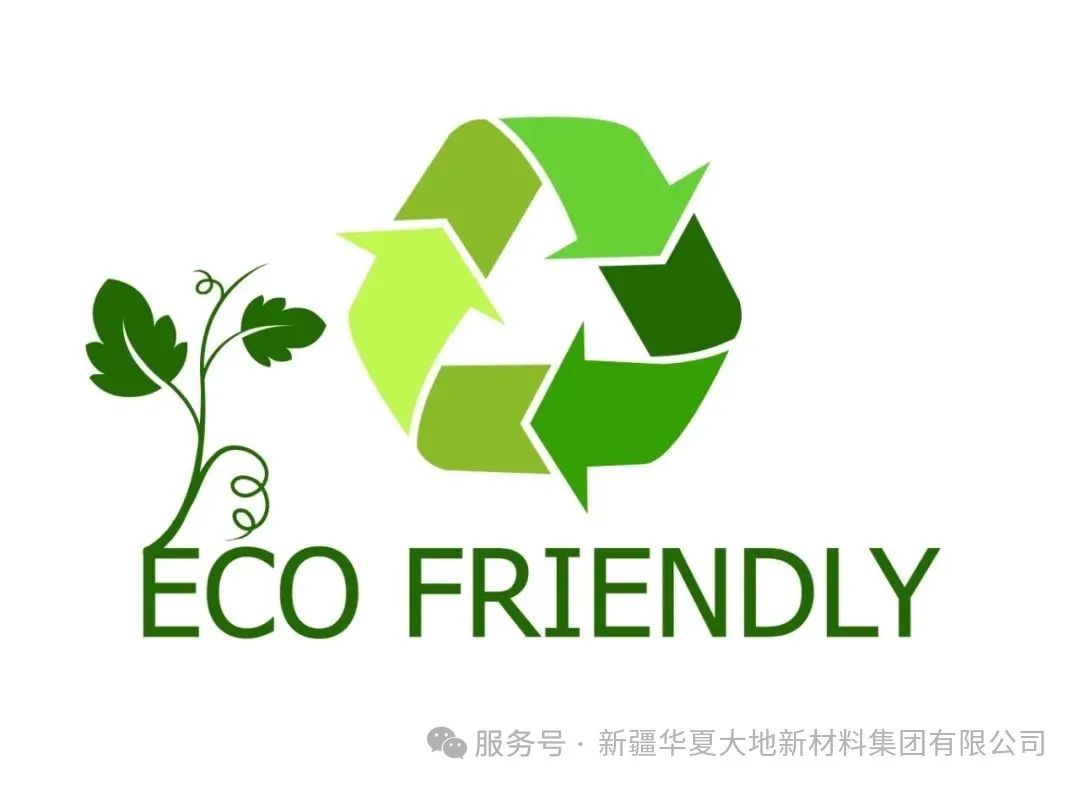 II. The "Cross-Industry Map" of Lactic Acid: Application Scenarios and National Standards
II. The "Cross-Industry Map" of Lactic Acid: Application Scenarios and National Standards
1. Food and Medicine: "Double Insurance" of Safety Standards Food-grade standards: China's "GB25555-2010" strictly stipulates the production process and purity of food additive L-lactic calcium, requiring raw materials through fermentation and optical purity of ≥ 95%. Medical-grade application: L-lactic sodium injection is used to regulate the electrolyte balance of surgical patients, and its purity must meet the aseptic and no pyrogen requirements of the "Chinese Pharmacopoeia".
2. Agriculture and Environmental Protection: "New Paradigm" of Resource Recycling Straw turned into plastic: The research team from Zhengzhou University produced 1 ton of L-lactic acid from 3.5 tons of straw, with the cost being comparable to that of corn raw materials. In 2024, this project has entered the pilot stage of industrialization. Tobacco moisture absorber: After adding L-lactic acid to a certain tobacco factory, the humidity stability of cigarettes increased by 30%, and annual savings in storage costs exceeded 10 million yuan.
3. Industry and Cosmetics: "Hidden Driver" for Performance Upgrade Leather softening: Luxury Italian brands use L-lactic acid to treat leather, resulting in a 50% increase in softness and a 20% increase in the price per sheet. Electronic cleaning agent: L-lactic acid replaces strong acids for cleaning circuit boards, reducing the corrosion rate by 90%, and Huawei supply chain enterprises have fully promoted it.
 III. The Trillion-Dollar Market and Global Trade: The Business Secrets of Lactic Acid
III. The Trillion-Dollar Market and Global Trade: The Business Secrets of Lactic Acid
1. Market size: A leap from 500 million to 10 billion yuan. In 2022, the market size of L-lactic acid in China reached 584 million yuan, with a demand of 79,500 tons and a production of 151,400 tons. The export proportion was 45% - 50%. It is expected that the market size will exceed 1 billion yuan in 2025, with a compound annual growth rate of over 15%.
2. Competitive landscape: The "moat" of leading enterprises - JinDan Technology: The largest producer of L-lactic acid in China, with a production capacity of 178,000 tons in 2022, accounting for approximately 12% of the global market share, and 34% of overseas revenue. International giants: Dutch PURAC and American NatureWorks occupy the high-end market, with the purity of their PLA-grade L-lactic acid reaching 99.9%, and the price being three times that of food-grade.
3. Import and export competition: "Dual Circulation" under the technological gap. China's L-lactic acid exports are mainly in the form of food-grade crude products, while high-end PLA-grade products still need to be imported. In 2022, the export price of refined L-lactic acid from Japan's Musashino Chemical (China) Company reached 12,000 US dollars per ton, which is twice the domestic average price.
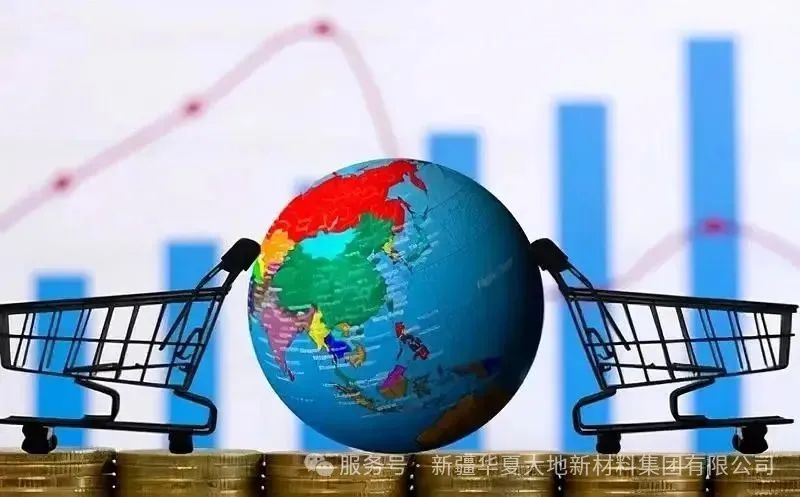 IV. Future Trends: The "Unlimited Potential" of Lactic Acid
IV. Future Trends: The "Unlimited Potential" of Lactic Acid
1. Raw material revolution: From "competing for food with humans" to "transforming waste into treasure" Non-food biomass such as straw and cassava residue will become the next-generation raw materials. Suihua City, Heilongjiang Province has built the world's largest corn deep processing cluster. In 2023, the L lactic acid production capacity was increased to 300,000 tons, driving an increase in corn value by 30%.
2. Technological iteration: Synthetic biology's "reductionist attack" Gene editing strains: Nanjing University of Technology obtained high-yield strains through ion beam mutagenesis, with fermentation concentration reaching 200 grams per liter, optical purity of 99.5%, and cost reduced by 40%. Continuous fermentation process: Tianjin University of Science and Technology developed in-situ separation technology, reducing the fermentation cycle to 24 hours and energy consumption by 50%.
3. Application expansion: From degradable plastics to "biomanufacturing +" medical implant materials: Degradable PLA bone nails have entered clinical phase III trials, and the market size is expected to reach 2 billion yuan by 2026. Carbon neutral carriers: L-lactic acid can be used to produce green solvents (such as lactic acid methyl ester), replacing petroleum-based products. The EU plans to increase its usage proportion to 30% by 2030.
 Conclusion: A bottle of sour "Green Mission"
Conclusion: A bottle of sour "Green Mission"
From the food cabinet to the operating table, from the farmland to the high-end laboratory, L-lactic acid is reshaping the industrial logic in an "insignificant yet profound" manner. It is not only a symbol of technological progress, but also a bridge for humans to reconcile with nature. As the chairman of Jin Dan Technology said: "Using a single corn seed to change the world, we are on the way."
